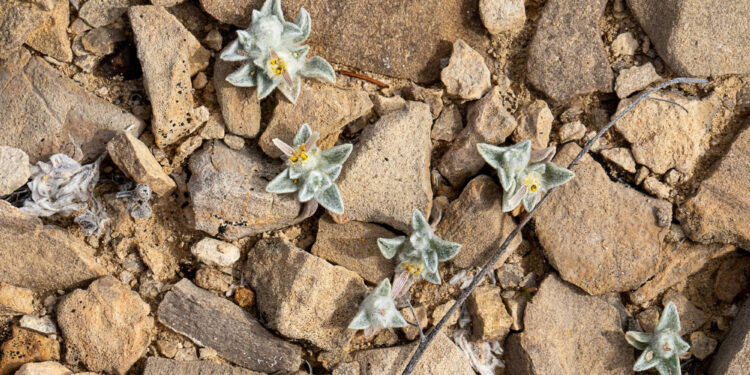Nature still holds many secrets, and every now and then, an exciting new discovery reminds us of that fact. Just ahead of spring, scientists have identified a brand-new sunflower species—Ovicula biradiata, also known as the wooly devil. Found in Texas’ Big Bend National Park, this fuzzy, small sunflower is the first new plant genus and species discovered in a U.S. national park in nearly five decades.
This remarkable find, credited to a sharp-eyed park volunteer, has captured the attention of botanists worldwide. Not only does the wooly devil belong to the sunflower family, but it is also unique enough to deserve its own genus. However, this quirky flower faces a tough battle for survival due to its highly specialized habitat and limited distribution.
The wooly devil (Ovicula biradiata) is unlike the bright, classic sunflowers many people are familiar with. Instead, it is a small, fuzzy plant that thrives in the rugged landscape of Big Bend National Park. Its name comes from its woolly texture and distinctive, almost “devilish” appearance.
While it may not look like the sunflowers painted by Van Gogh, genetic analysis confirms that it belongs to the sunflower family. However, its distinct characteristics set it apart from its closest relatives, making it an entirely new genus.
The wooly devil was first spotted by a park volunteer in Big Bend National Park’s northernmost region. Recognizing that the plant looked unusual, the volunteer alerted botanists, leading to an in-depth study. The discovery is significant because it is the first time in nearly 50 years that an entirely new plant genus and species has been identified in a U.S. national park.
To confirm the wooly devil’s uniqueness, scientists sequenced its DNA and compared it to other sunflower species. The results were clear: while it falls under the sunflower umbrella, it is distinct enough to be placed in its own genus, Ovicula.
This breakthrough not only adds to our knowledge of sunflower evolution but also emphasizes the importance of preserving biodiversity in national parks.
The wooly devil has been observed in only three specific locations within Big Bend National Park. It thrives in a dry, rugged environment, adapting to extreme conditions where few other plants can survive. However, its limited range makes it highly vulnerable to environmental changes and habitat destruction.
Unfortunately, the wooly devil may already be at risk of extinction. Since it exists in such a small area, any environmental disturbance—such as climate change, human activity, or natural disasters—could wipe out its entire population. Scientists stress the need for immediate conservation efforts to ensure this unique plant does not disappear before we fully understand it.
Visitors to Big Bend National Park are encouraged to participate in tracking the wooly devil’s population. By using platforms like iNaturalist, people can upload photos and locations of any wooly devil sightings, helping researchers gather crucial data. This collaborative effort can play a key role in monitoring the species and advocating for its protection.
Big Bend National Park is home to many unique plant and animal species, making it a key location for scientific discoveries. The park’s isolation and diverse ecosystems provide a perfect setting for new species to evolve. The discovery of the wooly devil reinforces the importance of preserving these wild spaces for future generations.
Botanists plan to conduct further studies on the wooly devil’s ecology, reproductive strategies, and potential conservation needs. Protecting its habitat and ensuring it remains a part of Big Bend’s ecosystem will be crucial steps moving forward.
The discovery of the wooly devil serves as a powerful reminder that nature is full of surprises. This small, fuzzy sunflower has not only expanded our understanding of plant biodiversity but has also highlighted the importance of conservation. As scientists continue to study this rare plant, it is up to all of us to support efforts to protect unique species like the wooly devil.




















